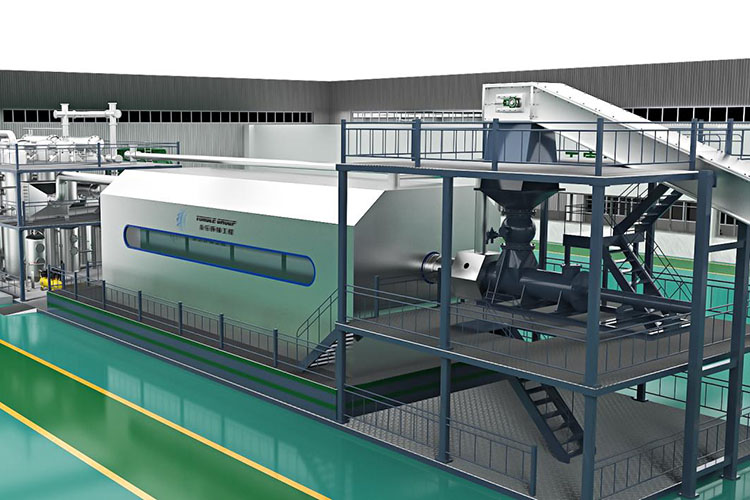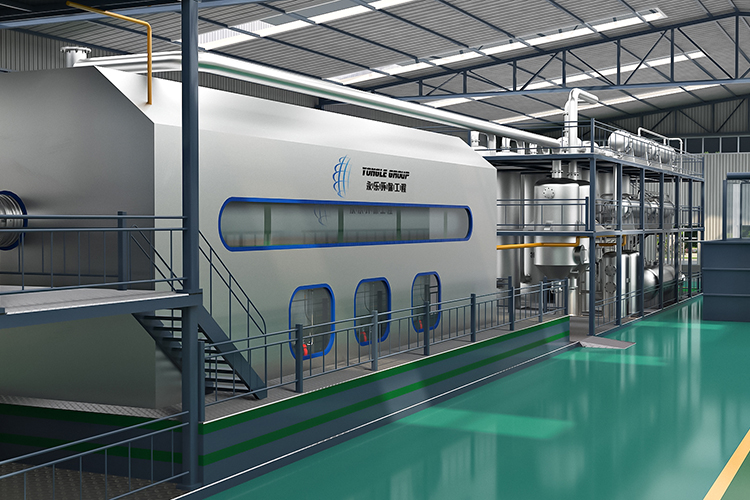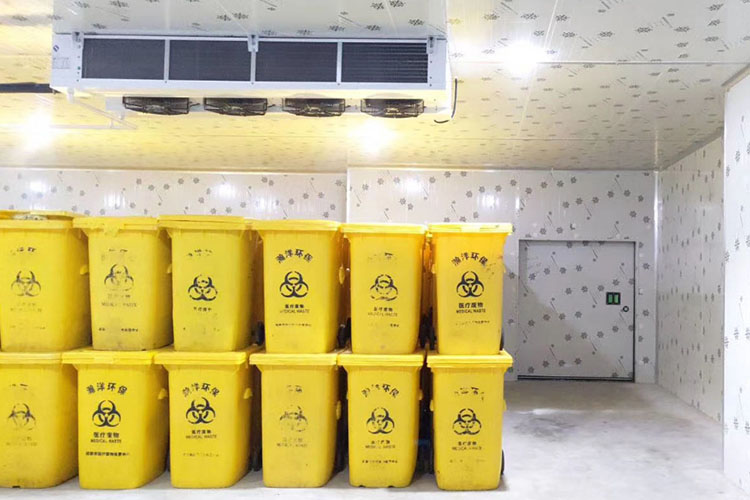The safe disposal of medical waste is a key concern for medical institutions and environmental protection departments. With the continuous development of the medical industry, the amount of medical waste generated has been increasing year by year. Reasonable selection and use of medical waste treatment equipment are crucial for public health and environmental protection. The following will introduce the key points for selecting medical waste treatment equipment, and analyze the five categories of medical waste and their corresponding treatment methods.

The selection of medical waste treatment equipment should comprehensively consider the treatment scale, technology type, environmental standards, and operating costs. Firstly, select the appropriate equipment scale based on the amount of waste generated by medical institutions. For example, large hospitals or centralized treatment centers usually use high-temperature incineration equipment, while small and medium-sized medical institutions can choose microwave disinfection or high-temperature steam sterilization equipment. Secondly, the choice of processing technology is particularly important. The current mainstream medical waste treatment technologies include high-temperature incineration, microwave disinfection, high-temperature steam sterilization, chemical disinfection, and plasma treatment. High temperature incineration technology is suitable for large-scale centralized treatment, which can completely destroy pathogens and reduce waste volume, but requires strict exhaust gas purification systems. Microwave disinfection is suitable for hospitals or small and medium-sized medical institutions, and can efficiently sterilize with low energy consumption. High temperature steam sterilization equipment is suitable for internal treatment in hospitals, but its effectiveness on some pharmaceutical waste is limited. Chemical disinfection is suitable for small-scale medical institutions, but the use of chemical reagents requires special attention to safety. Plasma treatment technology is efficient and environmentally friendly, suitable for high standard hospitals or research institutions, but the equipment investment cost is relatively high.

Medical waste is mainly divided into five categories: infectious waste, pathological waste, hazardous waste, pharmaceutical waste, and chemical waste. Infectious waste includes cotton balls, gauze, disposable medical devices, etc. contaminated with blood and body fluids. These types of waste are usually treated by high-temperature incineration, microwave or high-temperature steam disinfection. Pathological waste mainly includes human tissues, organs, pathological sections, and autopsy waste, which are prioritized for high-temperature incineration treatment. Harmful waste refers to sharp objects that may injure the human body, such as needles, surgical blades, glass test tubes, etc., which should be collected using specialized tool boxes and prioritized for high-temperature incineration or high-temperature steam treatment. Pharmaceutical waste includes expired, spoiled or contaminated drugs, vaccines and their packaging materials, such as antibiotics, cytotoxic drugs, etc. These types of waste are usually treated by high-temperature incineration or chemical degradation. Chemical waste includes waste chemical reagents that are toxic, corrosive, or flammable, such as laboratory reagents, disinfectants, heavy metal waste liquids, etc., which need to be classified and collected before being handed over to professional institutions for harmless treatment, such as high-temperature incineration or chemical neutralization.
When choosing medical waste treatment equipment, environmental standards should also be fully considered. The equipment should comply with environmental regulations to ensure that the discharge of exhaust gas, wastewater, and solid residue meets the prescribed standards. In addition, operating costs are also an important factor in equipment selection, including energy consumption, equipment maintenance, and personnel management. For equipment used within medical institutions, consideration should also be given to the equipment's footprint and ease of operation.

In summary, the safe disposal of medical waste requires scientific and reasonable equipment support, and corresponding treatment methods should be adopted for different types of medical waste. When selecting medical waste treatment equipment, medical institutions should choose the most suitable treatment plan based on their own needs and environmental requirements to ensure the harmless disposal of medical waste, safeguard public health and safety, and reduce environmental pollution.
Yongle Environmental Protection is mainly engaged in the research and development, production and sales of complete sets of technical equipment for organic solid waste disposal and comprehensive utilization. Production and manufacturing, domestic waste treatment equipment, tire pyrolysis equipment, medical waste disposal equipment, hazardous waste disposal equipment, and achieve efficient and comprehensive utilization of resources through independently developed low-temperature anaerobic pyrolysis equipment technology solutions.
Tags:Selection and Scope of Medical Waste Treatment Equipment,Medical Waste Treatment Equipment,YONGLE GROUP
 Latest news
Latest news


























